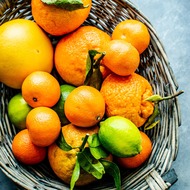
(View Complete Item Description)
Rights, Respect, Responsibility (3Rs) is a comprehensive, inclusive, sexuality education curriculum intended for use with students in Kindergarten through 12th grade. Its lessons are age-appropriate, beginning with basic lessons about friendship and safety, and introducing more complex concepts as students age. Learning about good communication, safety in relationships, and growth and development lays a foundation that can support healthy relationships and healthy behaviors throughout a person’s lifetime. This K-12 curriculum, therefore, is a collection of lesson plans on a wide range of topics including: self-understanding, family, growth and development, friendship, sexuality, life skills, and health promotion. Rights, Respect, Responsibility was informed by both the National Teacher Preparation Standards in Sexuality Education and fully meets the National Sexuality Education Standards.
Material Type:
Lesson Plan,
Teaching/Learning Strategy
Authors:
Elizabeth Schroeder EdD MSW,
Eva Goldfarb PhD,
Nora Gelperin MEd




















